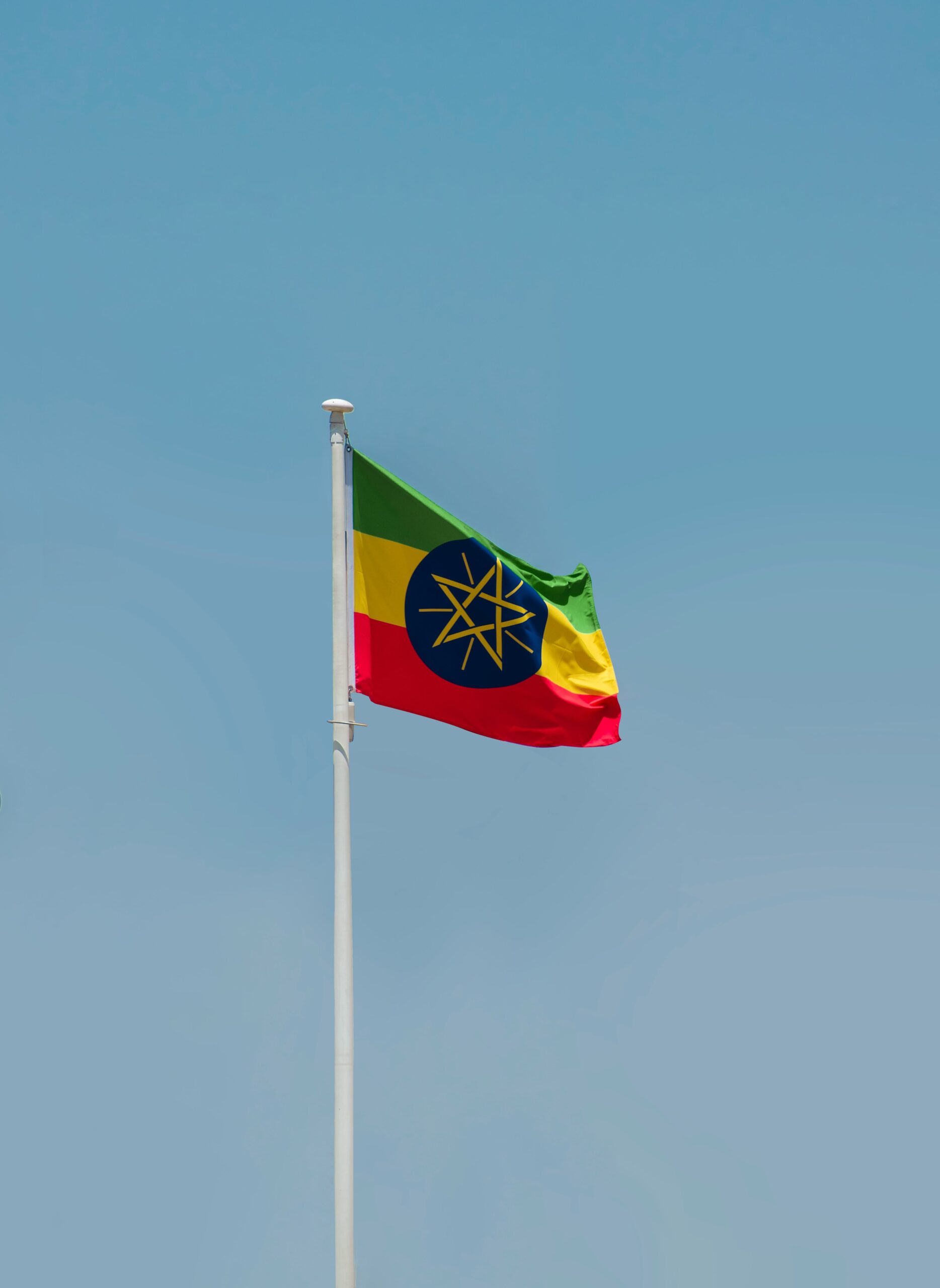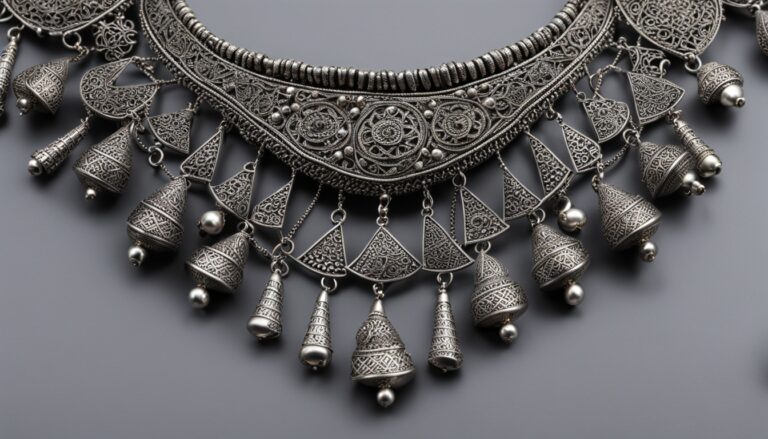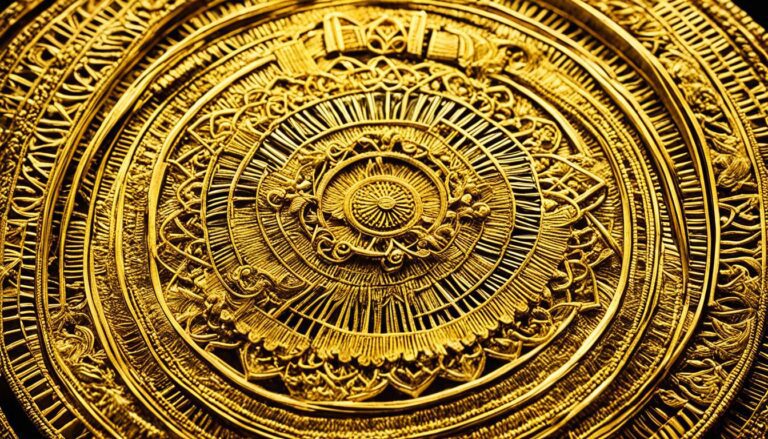What Are Some Traditional Marriage Customs In Ethiopia?
Exploring Traditional Marriage Customs in Ethiopia
Ethiopia is a land rich in culture and tradition, especially when it comes to marriage customs. Throughout the diverse regions of this East African nation, various tribes and ethnic groups have their unique practices that make Ethiopian weddings truly special and symbolic.
In Ethiopia, marriage is not just a union between two individuals but a coming together of families and communities. One prevalent tradition is the concept of "telefa" or arranged marriages. Families typically play a significant role in selecting a suitable partner for their children based on factors such as social status, wealth, and compatibility.
Another essential custom in Ethiopian marriage ceremonies is the tradition of gift-giving. Known as "negarit," this practice involves the groom presenting gifts to the bride’s family as a gesture of appreciation and respect. These gifts can range from traditional clothing, jewelry, livestock, to modern items like money and household goods.
One of the most colorful aspects of Ethiopian weddings is the traditional attire worn by the bride, groom, and guests. For example, brides often wear a white dress with intricate embroidery and jewelry, while grooms opt for a classic suit or traditional Ethiopian attire known as a "habesha kemis." Guests also dress in vibrant clothing, adding to the overall festive ambiance of the celebration.
During the wedding ceremony, various rituals take place to bless the union and ensure a prosperous future for the couple. One such ritual is the "gursha," where the bride and groom feed each other honey and yogurt as a symbol of nourishment and sweetness in their marriage. Additionally, the elders in the community offer blessings and words of wisdom to guide the newlyweds on their journey together.
Ethiopian marriage customs are deeply rooted in tradition, family values, and community involvement. These practices not only celebrate the union of two individuals but also uphold the cultural heritage and identity of the diverse groups that call Ethiopia home. The richness and symbolism of these customs make Ethiopian weddings truly memorable and unique celebrations that continue to be cherished and honored across generations.
The significance of “Abebech” in Ethiopian marriage ceremonies
In Ethiopian culture, marriage is viewed as a sacred union not only between two individuals but also between families and communities. One of the key elements in Ethiopian marriage ceremonies is the concept of "Abebech," which holds significant cultural and traditional importance.
"Abebech" refers to the act of gift-giving by the groom to the bride’s family as a symbol of respect, appreciation, and commitment. This practice is deeply rooted in Ethiopian customs and plays a vital role in the marriage process. It is a gesture of goodwill and a sign of the groom’s intentions to care for and support his future wife.
The gifts exchanged during the "Abebech" ceremony often include traditional items such as clothing, jewelry, livestock, and other valuable goods. These gifts not only serve as tokens of appreciation but also demonstrate the groom’s ability to provide for his bride and her family.
Moreover, "Abebech" signifies the establishment of a bond between the two families involved in the marriage. It fosters harmony, trust, and unity among relatives and community members, strengthening social connections and mutual support networks.
In addition to its traditional significance, "Abebech" also reflects the importance of reciprocity and generosity in Ethiopian society. By giving gifts to the bride’s family, the groom showcases his willingness to participate in communal sharing and uphold cultural customs that have been passed down through generations.
The practice of "Abebech" in Ethiopian marriage ceremonies serves as a symbol of love, respect, and unity, embodying the rich cultural heritage and values that are cherished by the Ethiopian people. It underscores the communal nature of marriage and highlights the interconnectedness of families and communities in celebrating this joyous occasion.
The Role of Family and Community in Ethiopian Marriage Traditions
Ethiopian marriage customs are deeply rooted in tradition and are characterized by the involvement of not just the couple getting married, but also by their families and the community at large. Family and community play a significant role in every step of the marriage process, from the initial negotiations to the actual wedding ceremony.
In Ethiopia, marriage is seen as a union not just between two individuals but between two families. Families often take the lead in arranging marriages, with parents playing a crucial role in selecting a suitable partner for their children. This process is not just about the compatibility of the couple but also about strengthening ties between families and ensuring social harmony.
Community involvement is also key in Ethiopian marriage traditions. Weddings are seen as communal celebrations rather than just private events. The entire community comes together to support the couple and their families during the wedding festivities. This sense of communal solidarity is a fundamental aspect of Ethiopian culture, reflecting the importance of interconnectedness and social cohesion.
During Ethiopian weddings, it is common to see neighbors, friends, and even distant relatives coming together to help with preparations, contribute resources, and participate in various ceremonies. The collective effort involved in organizing a wedding underscores the idea that marriage is not just a personal affair but a shared responsibility that requires the support of the entire community.
Furthermore, family and community involvement extends beyond the wedding day itself. In Ethiopian culture, marriage is viewed as a lifelong commitment that requires ongoing support from family members and the community. Extended family members often play a crucial role in providing guidance and assistance to newly married couples as they navigate the challenges and joys of married life.
The role of family and community in Ethiopian marriage traditions goes beyond mere participation in wedding ceremonies. It reflects the deep sense of interconnectedness and shared responsibility that characterizes Ethiopian society, emphasizing the importance of building strong familial and communal bonds that last a lifetime.
Traditional Ethiopian Wedding Attire and Its Cultural Importance
In Ethiopia, traditional wedding attire holds significant cultural importance and plays a crucial role in marriage ceremonies. The diverse cultures and rich history of the country result in a variety of unique wedding attire styles across different regions and ethnic groups. These outfits are not only a symbol of the couple’s heritage but also represent their families and communities.
One of the most notable elements of traditional Ethiopian wedding attire is the "Kemis" for women and the "Netela" for men. The Kemis is a white dress made of cotton fabric with intricate patterns along the borders. It is usually worn with a shawl-like cloak called the "Netela" and a sash known as "Zuria." The Netela is also worn by men draped over their shoulders as a symbol of respect and modesty.
In addition to the Kemis and Netela, brides often adorn themselves with traditional jewelry made of gold and silver. These pieces are intricately designed and hold sentimental value, often passed down through generations as family heirlooms. The jewelry not only enhances the bride’s beauty but also showcases the family’s wealth and status within the community.
For grooms, the traditional attire consists of a white shirt, pants, and a colorful shawl. The outfit is typically accessorized with a decorative belt and a beaded necklace. Men also wear a headpiece called "Filfil" or "Majet," which signifies masculinity and pride.
Apart from the clothing, the colors used in traditional Ethiopian wedding attire are also meaningful. White symbolizes purity and holiness, while gold and silver represent prosperity and good fortune. Brightly colored accents are often incorporated to add a festive and celebratory touch to the outfits.
Traditional Ethiopian wedding attire is an essential aspect of marriage customs in the country. It not only reflects the beauty of the cultural heritage but also serves as a way to preserve and honor the traditions of the past. The intricate designs, vibrant colors, and symbolic elements of the attire make Ethiopian weddings truly unique and memorable celebrations.
Understanding the Ritual of "Hoya Hoye" in Ethiopian Wedding Celebrations
In Ethiopian culture, weddings are joyous occasions filled with vibrant rituals and traditions, one of which is the lively dance ceremony known as "Hoya Hoye." This ritual holds significant cultural importance and is a cherished part of the wedding festivities.
The Essence of "Hoya Hoye"
During an Ethiopian wedding celebration, "Hoya Hoye" is a dance that symbolizes the unity and joy of the occasion. The term itself is an expression of happiness and excitement, reflecting the exuberant spirit of the event. This traditional dance is performed by guests, family members, and the newlyweds themselves, creating a lively and energetic atmosphere filled with music, drumming, and ululating.
Cultural Symbolism
"Hoya Hoye" is more than just a dance; it carries deep cultural symbolism within Ethiopian society. The dance signifies the coming together of two families through marriage, symbolizing unity, happiness, and the start of a new chapter in the lives of the couple. As guests join in the dance, they contribute to the festive and communal atmosphere, showing their support and best wishes for the newlyweds.
Community Participation
One of the most remarkable aspects of "Hoya Hoye" is the level of community participation it involves. This dance brings together people of all ages and backgrounds, creating a sense of unity and togetherness among the attendees. Through "Hoya Hoye," guests actively engage in the celebration, forming connections and strengthening social bonds while celebrating the union of two individuals.
Spirit of Celebration
The ritual of "Hoya Hoye" encapsulates the joyful and exuberant spirit of Ethiopian wedding celebrations. The energetic movements, rhythmic music, and collective participation uplift the atmosphere, infusing the event with warmth and happiness. This dance is a reflection of the rich cultural heritage of Ethiopia, highlighting the importance of traditions in bringing people together and commemorating significant life events.
In Ethiopian wedding ceremonies, the ritual of "Hoya Hoye" plays a central role in creating a jubilant and festive atmosphere. Through this dance, guests, family members, and the couple come together to celebrate love, unity, and the beginning of a new journey. "Hoya Hoye" symbolizes the essence of community, togetherness, and cultural pride, making it a cherished tradition in Ethiopian wedding customs.
Conclusion
In Ethiopia, traditional marriage customs play a significant role in uniting families and communities while preserving cultural heritage. One of the most important aspects of Ethiopian marriage ceremonies is the concept of "Abebech," symbolizing the agreement between the families of the bride and groom. This tradition highlights the importance of unity, respect, and cooperation between the two families, laying the foundation for a strong and harmonious marriage.
Family and community hold a central role in Ethiopian marriage traditions, providing support, guidance, and blessings to the couple as they embark on their new journey together. The involvement of relatives and community members in the wedding process fosters a sense of belonging and shared responsibility, strengthening the bonds between individuals and their cultural roots.
Traditional Ethiopian wedding attire holds great cultural significance, reflecting the country’s diverse ethnic groups and rich heritage. The intricate designs, vibrant colors, and symbolic patterns found in Ethiopian wedding garments not only showcase the couple’s sense of style but also serve as a form of artistic expression and cultural pride. Through these traditional attires, couples honor their ancestors and celebrate their cultural identity on their special day.
The ritual of "Hoya Hoye" is a unique and joyous tradition in Ethiopian wedding celebrations, where guests come together to sing, dance, and celebrate the union of the couple. This lively custom embodies the spirit of togetherness, happiness, and communal support, infusing the wedding festivities with energy and excitement. The ritual of "Hoya Hoye" is a testament to the vibrant and festive nature of Ethiopian wedding ceremonies, bringing people together in harmony and celebration.
Ethiopian marriage customs are deeply rooted in tradition, family values, and cultural pride. From the symbolic significance of "Abebech" to the role of family and community support, each aspect of Ethiopian wedding traditions reflects the country’s rich cultural heritage and strong sense of unity. Through traditional wedding attire and the joyful ritual of "Hoya Hoye," couples celebrate their love and commitment in a way that honors their roots and brings communities together in joyous celebration. Ethiopian marriage customs serve as a testament to the enduring traditions, values, and communal spirit that define the rich tapestry of Ethiopian culture.






